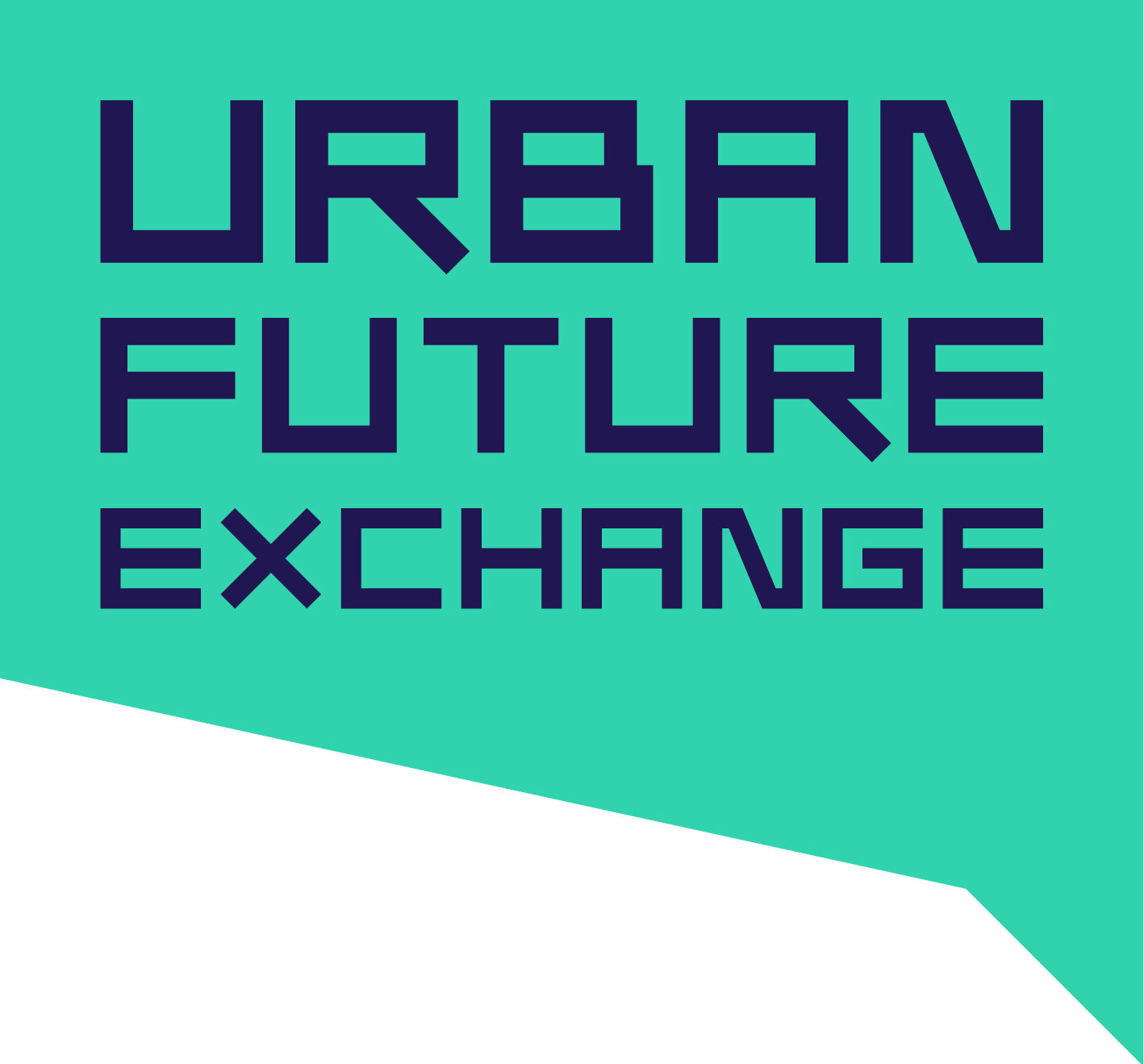Submission: Creative Industries Discussion Paper
Thank you for the opportunity to comment on the Creative Industries Sector Strategy. Developing strategies and policies that promote this sector is welcome and necessary for the growth and diversification of South Australia’s economy.
The Urban Future Exchange (previously known as the Australian Institute of Urban Studies SA) is a forward looking, independent, not-for-profit, membership-based organisation that exists to provoke rich conversation, deep discussion and rigorous debate about urban life in Adelaide and South Australia. Our membership is broad and balanced, and includes individuals and corporate members from the public, private, not-for-profit and academic sectors. Our members have qualifications and expertise in urban planning, law, design, industrial design, business, health, sustainability, industry and policy amongst many others, and they inform our strategy. As such, the Urban Future Exchange (previously known as the Australian Institute of Urban Studies SA) provides a unique and diverse view on South Australia’s urban and regional future.
In December 2019, Board Member Luis Lafosse participated in the first of the roundtables discussions. The Urban Future Exchange (previously known as the Australian Institute of Urban Studies SA) provided feedback about the selected industries for promotion and development. This submission provides additional commentary and ideas for consideration.
In addition to the opportunities presented in the Strategy, it’s important to recognise that all industry sectors and professions are a part of the economic and industrial transformation. Creativity and ingenuity capability are not limited to the defined “creative industries” but are rather integral skills and processes across all sectors – and are indispensable in the global innovation race.
Last month we celebrated the fifteenth anniversary of the invention of Google Maps. Denmark-born, Sydney-based brothers Lars and Jens Rasmussen founded the mapping start-up and invented Where 2 Technologies, which was sold to Google in 2004. This innovation wasn’t limited to a creative industry per se but rather a complex and intersecting mix of technology, design, programming skills, and ingenuity, coupled with a user driven approach
All environments should facilitate the free circulation of ideas and favour the connections of people and minds from the most varied sectors and backgrounds. At the 2017 Open State conference in Adelaide, Creative industries expert, Jordi Pardo expressed “the city is an idea”. In order to spark creativity we need “a broader approach to culture and to facilitate the expressions of individuals and communities”.
South Australian high schools have already adopted creativity as one of the 21 Century skills. Public sector agencies, as well as industry should continue to adopt design thinking, user-centred design or service design as a creative approach.
Last year the State Government launched the Blockchain Challenge with the aim of encouraging our community to invent creative applications from Blockchain Technology. Clare Valley Wine and Grape Association and Wright Technologies shared the first prize.
The former’s idea aimed to ensure the provenance of wine. The latter’s was to improve the accuracy and reliability of the location data of drones. Wine, tourism, programming, design, engineering and media among many other industries were rewarded by these creative developments.
There are significant opportunities in our galleries, libraries, archives and museums to embrace digitisation, which can change the way they tell stories, inspire our communities, build audiences - and also contribute to our tourism industry. This sector (not currently included in the development of the Strategy) has significant, unrealised capacity to contribute to creative industries.
The demand is to approach the future with creativity and sense of opportunity. We welcome the Creative Industries Sector Strategy as a way to position creativity as one of our most valued assets. As an organisation committed to building an innovative State, we are pleased to be part of future conversations and the development of the Strategy.
